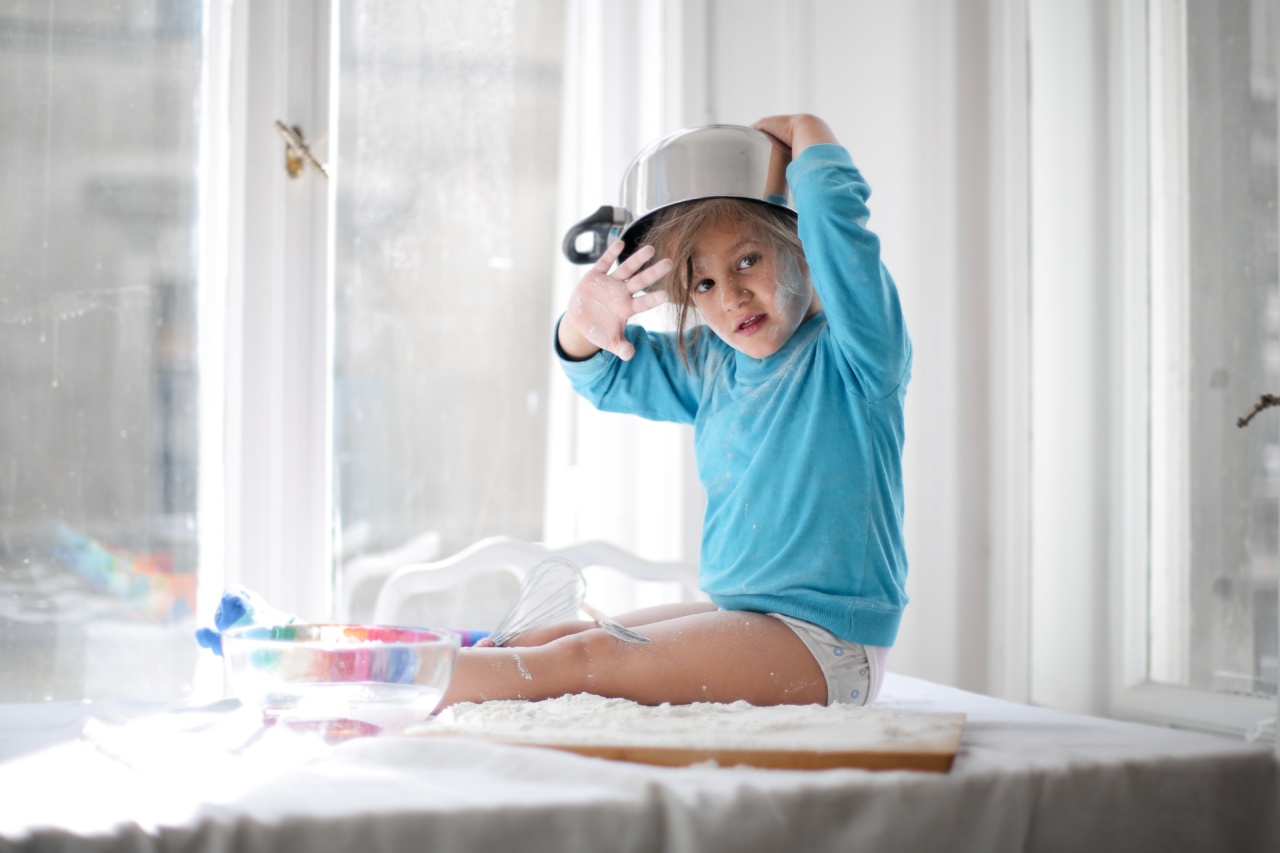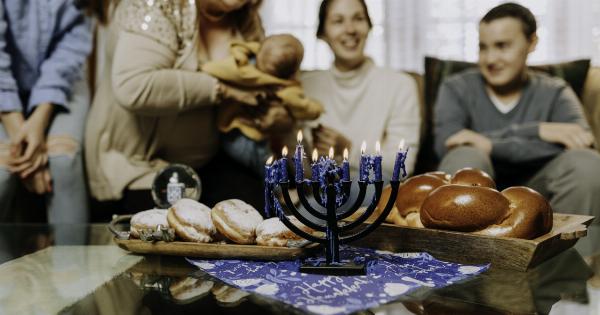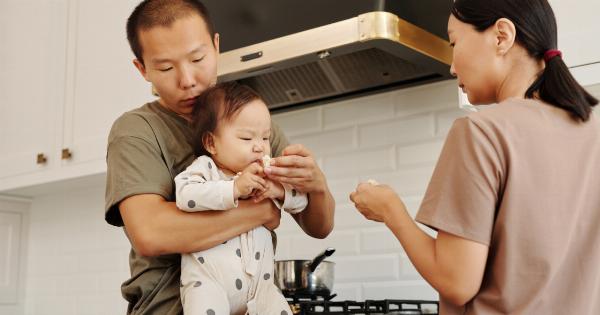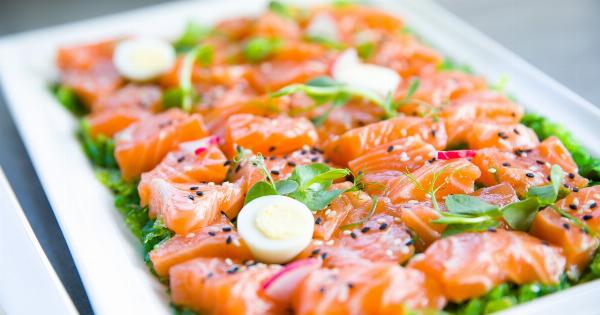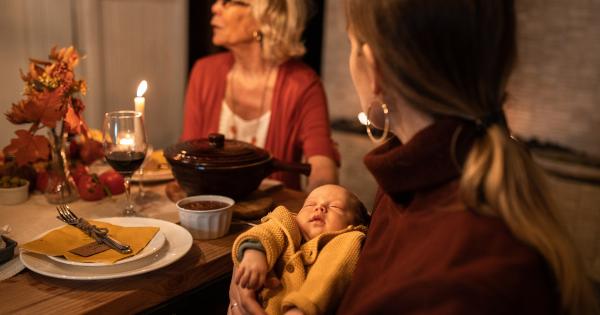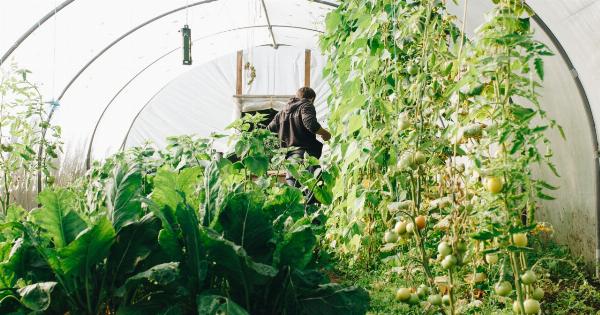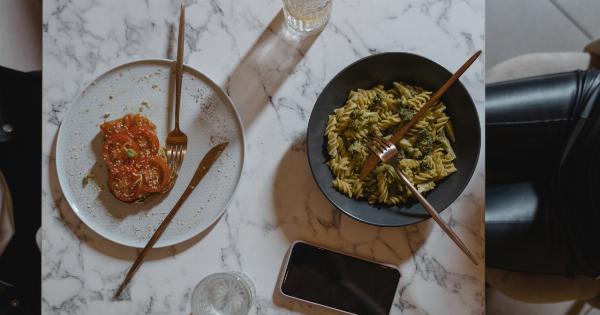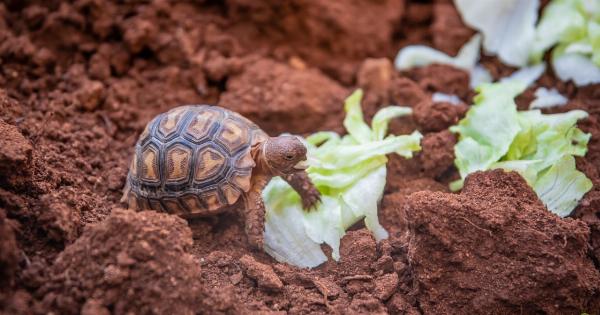One of the most important things parents can do for their babies is to provide them with healthy and nutritious food. One way to ensure that babies get the best possible start in life is to prepare their food at home.
Homemade baby food is not only more affordable than store-bought options, but it’s also typically fresher and free from additives and preservatives.
However, as with any type of food preparation, it’s important to take certain precautions to ensure that homemade baby food is safe and healthy. Here are 10 ways to prepare baby food safely at home:.
1. Choose high-quality ingredients
The first step to safe and nutritious homemade baby food is selecting high-quality ingredients. Look for fresh produce, preferably organic, and avoid potentially harmful additives and preservatives.
It’s also a good idea to choose ingredients that are in season and grown locally, as they’re likely to be fresher.
2. Wash your hands and utensils
Before preparing baby food, it’s essential to wash your hands and any utensils you’ll be using thoroughly. This helps prevent the spread of harmful bacteria that can cause foodborne illness.
3. Clean your cooking area
Make sure your cooking area is clean and sanitized before you start cooking. This means wiping down surfaces with a disinfectant and making sure all utensils and surfaces are free from dirt and grime.
4. Follow recipes closely
When preparing homemade baby food, follow recipes carefully to ensure the right balance of ingredients and nutrients.
Don’t improvise or deviate from the recipe unless you have a lot of experience and understand how changes will affect the final product.
5. Cook thoroughly
When cooking homemade baby food, make sure that it’s cooked thoroughly to kill any harmful bacteria. Follow cooking times and temperatures carefully and use a food thermometer to ensure that the food reaches the recommended temperature.
6. Puree properly
After cooking the food, you’ll need to puree it to make it suitable for your baby’s consumption. Make sure you puree the food properly, using a blender or food processor if needed. The food should be smooth and entirely free from lumps.
7. Cool safely
After pureeing the food, it’s important to cool it quickly to reduce the risk of bacterial growth. You can do this by placing it in a shallow container and putting it in the fridge or freezer for a short period of time.
8. Store safely
Once the baby food is cooked and pureed, store it in clean, airtight containers in the fridge or freezer. This keeps it fresh and prevents contamination from other foods in the fridge, which can lead to harmful bacteria growth.
9. Reheat safely
If you’re reheating homemade baby food, make sure it’s heated to the right temperature (165°F) and that it’s heated through thoroughly. Stir the food well to ensure that it heats evenly.
10. Dispose of leftovers
Baby food should be consumed or frozen within a few days of being made. Discard any leftover food that hasn’t been consumed within this time frame.
